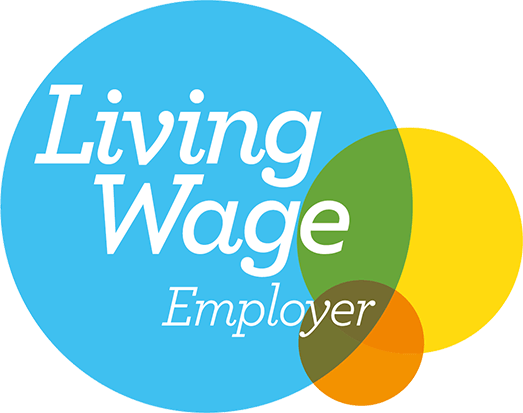News
From ‘Stay Local’ to Living Local? The 15-Minute City
24 June 2021
Whilst there are likely to be several bumps in the road along the way, there are clear examples of how this can work successfully in practice. We just need the strategic planning structure in place to help make it a reality.

Over the last year, many of us have become accustomed to working from home which is something that is likely to remain, at least in part, for the foreseeable future. Shopping locally has been, for significant periods of time, the only option. Supporting local businesses has been greatly encouraged and simply enjoying the green, open spaces available to us on our doorstep has provided a retreat from the home office. The pandemic has forced us to discover our neighbourhoods in a way that we may not have done before. We have rediscovered locality, and for many, this has improved our quality of life.
With this, urban life has become reimagined, and a previously emerging type of urban planning model has increasingly entered the planning lexicon: the “15-minute city”. Defined as an ideal urban living, the concept is simple; providing for most human needs and many desires that can be accessed from one’s home within a travel distance of no greater than 15 minutes. A concept that will no doubt sound familiar to past, less itinerant generations.
The concept is certainly not one being explored in London alone. In fact, it has been trialled in various corners of the globe in recent years. The Mayor of Paris, Anne Hidalgo, made phasing out vehicles and creating a ‘15-minute city’ a key pillar of her offering at the launch of her successful re-election campaign in 2020, with a focus on creating self-sufficient communities in a bid to move into a post-vehicle era. Down under, Plan Melbourne 2017-2050 is being guided by the principle of the 20-minute neighbourhood, striving for the creation of more connected and walkable places to allow people to live locally.
So, what does this mean for planning?
The policy landscape is changing and demands a stronger focus on access, not mobility. In doing so, people’s needs, not their speed of travel, are becoming increasingly at the forefront of planning decisions. The journey itself from A to B should be a pleasurable experience to the user, and at a minimum must feel safe. Whilst landscape, public realm and secure by design are all urban design concepts in their own right, they are also integral to the design of the 15-minute city and must co-exist for this type of urban living to be successful. Sustainable development lies at the heart of this, with key policy strands including a focus on mixed-use development, brownfield regeneration and the optimisation of sites to make the best use of land, sustainable transport modes and the provision of safer, greener and more varied public open space, all of which can be seen in the London Plan 2021.
“…taking a rounded approach to the way neighbourhoods operate, making them work not only more space-efficiently but also better for the people who use them. This will mean creating places of higher density in appropriate locations to get more out of limited land, encouraging a mix of land uses, and co-locating different uses to provide communities with a wider range of services and amenities.” (London Plan, 2021).
It must be said that the 15-minute city is not intended to create individual pockets of isolated neighbourhoods, but to connect communities across the wider city that together create an inclusive, vibrant and diverse culture.
I for one am looking forward to seeing how this push for more locality plays out over the coming years. Whilst there are likely to be several bumps in the road along the way, there are clear examples of how this can work successfully in practice. We just need the strategic planning structure in place to help make it a reality.







